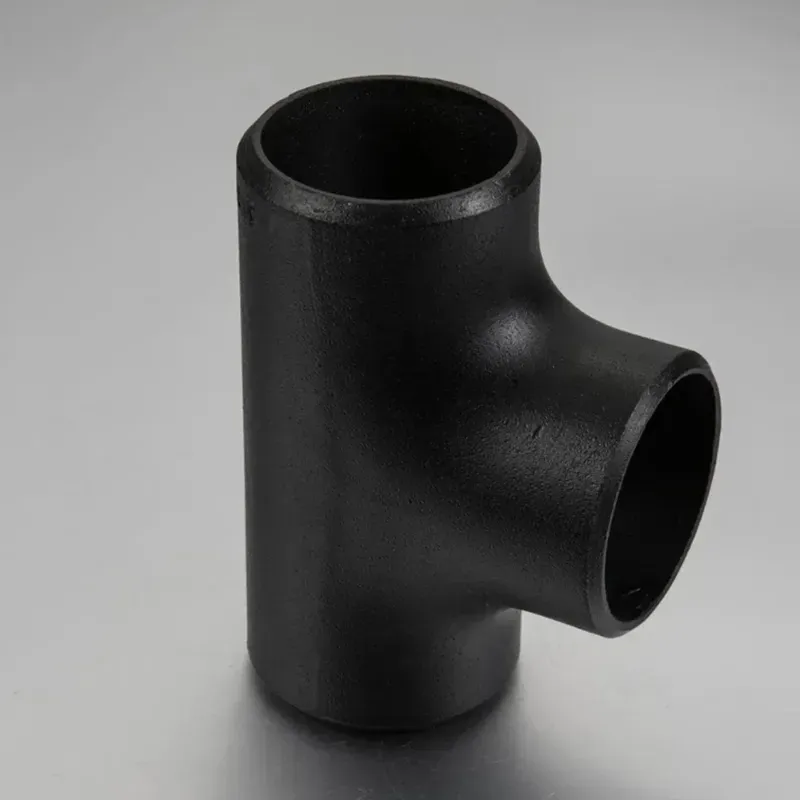-
Cangzhou Yulong Steel Co., Ltd.
-
Phone:
+86 13303177267 -
Email:
admin@ylsteelfittings.com
- English
- Arabic
- Italian
- Spanish
- Portuguese
- German
- kazakh
- Persian
- Greek
- French
- Russian
- Polish
- Thai
- Indonesian
- Vietnamese
- Zulu
- Korean
- Uzbek
- Hindi
- Serbian
- Malay
- Ukrainian
- Gujarati
- Haitian Creole
- hausa
- hawaiian
- Hebrew
- Miao
- Hungarian
- Icelandic
- igbo
- irish
- Japanese
- Javanese
- Kannada
- Khmer
- Rwandese
- Afrikaans
- Albanian
- Amharic
- Armenian
- Azerbaijani
- Basque
- Belarusian
- Bengali
- Bosnian
- Bulgarian
- Catalan
- Cebuano
- China
- China (Taiwan)
- Corsican
- Croatian
- Czech
- Danish
- Esperanto
- Estonian
- Finnish
- Frisian
- Galician
- Georgian
- Kurdish
- Kyrgyz
- Lao
- Latin
- Latvian
- Lithuanian
- Luxembourgish
- Macedonian
- Malgashi
- Malayalam
- Maltese
- Maori
- Marathi
- Mongolian
- Myanmar
- Nepali
- Norwegian
- Norwegian
- Occitan
- Pashto
- Dutch
- Punjabi
- Romanian
- Samoan
- Scottish Gaelic
- Sesotho
- Shona
- Sindhi
- Sinhala
- Slovak
- Slovenian
- Somali
- Sundanese
- Swahili
- Swedish
- Tagalog
- Tajik
- Tamil
- Tatar
- Telugu
- Turkish
- Turkmen
- Urdu
- Uighur
- Welsh
- Bantu
- Yiddish
- Yoruba

Dec . 03, 2024 18:41 Back to list
Concentric Reducer Specifications for 10% and 20% Diameter Variation in Piping Systems
Understanding the 10% x 8% Concentric Reducer Applications and Importance
In the realm of fluid dynamics and piping systems, the importance of fittings cannot be overstated. Among various types of fittings, the concentric reducer plays a crucial role in managing the flow of fluids in pipelines. This article will delve into the specifics of a 10% x 8% concentric reducer, exploring its definition, construction, applications, and significance in industrial contexts.
What is a Concentric Reducer?
A concentric reducer is a pipe fitting that decreases the diameter from one end to the other in a conical shape. This gradual tapering allows for a smooth transition between different piping sizes, which is essential for maintaining the flow rate and pressure of a fluid. The term “concentric” indicates that both ends of the reducer share a common centerline. This design is often preferred in static systems where the orientation of the pipes is stable and predictable.
A 10% x 8% concentric reducer, specifically, indicates a reduction from a pipe size with a nominal diameter of 10 inches to one with an 8-inch nominal size. This 20% reduction (from 10 inches to 8 inches) facilitates a controlled flow of liquid or gas, crucial for various applications.
Construction Materials
Concentric reducers are manufactured from different materials, including stainless steel, carbon steel, PVC, and other alloys, depending on the specific requirements of the system. The choice of material often depends on factors such as the type of fluid being transported, temperature, pressure, and environmental conditions. For example, stainless steel reducers are favored in corrosive environments, while PVC may be preferred for non-pressurized water applications.
Key Applications
1. Oil & Gas Industry In oil and gas extraction and transportation, concentric reducers are commonly used in the pipelines that transport crude oil, natural gas, and other products. The ability to maintain essential pressure and supply without unnecessary turbulence makes the 10% x 8% reducer invaluable in these applications.
10 x 8 concentric reducer

2. Water Treatment Facilities In water treatment and distribution systems, these reducers help manage flow rates effectively. They ensure a steady supply of treated water to consumers by providing a gradual transition between different pipe sizes, maintaining optimal pressure throughout the system.
3. HVAC Systems In heating, ventilation, and air conditioning (HVAC) applications, concentric reducers are used to regulate airflow. Proper airflow management is critical for achieving energy-efficient and effective environmental control in buildings.
4. Chemical Processing In chemical plants, where various substances may be transported or mixed, reducers help manage the safe and effective transfer of materials. The appropriate sizing allows for reduced risk of pressure imbalances or material buildup in pipes.
5. Mining Applications In the mining industry, concentric reducers facilitate the transportation of slurries and other materials through pipelines, ensuring a smooth and effective transport process.
Significance of Concentric Reducers
The use of concentric reducers like the 10% x 8% variant has an array of benefits. First, they contribute to reducing energy costs by ensuring efficient flow, which minimizes the need for additional pumping energy. Second, proper sizing and transitioning through reducers reduce the risks of turbulence and cavitation, both of which can lead to equipment damage and increased maintenance costs. Third, by allowing for flexibility in pipe diameter, these reducers also enable the use of standard pipe sizes, simplifying inventory management and reducing costs.
Conclusion
In conclusion, a 10% x 8% concentric reducer serves as a vital component in many industrial applications. Its design fosters fluid efficiency, reduces energy consumption, and enhances system reliability. As industries continue to evolve, the importance of effective piping solutions becomes even more pronounced, making fittings like concentric reducers indispensable for modern engineering challenges. Understanding and utilizing such components can significantly contribute to achieving operational efficiency and safety in various engineering sectors.
Latest news
-
ANSI 150P SS304 SO FLANGE
NewsFeb.14,2025
-
ASTM A333GR6 STEEL PIPE
NewsJan.20,2025
-
ANSI B16.5 WELDING NECK FLANGE
NewsJan.15,2026
-
ANSI B16.5 SLIP-ON FLANGE
NewsApr.19,2024
-
SABS 1123 FLANGE
NewsJan.15,2025
-
DIN86044 PLATE FLANGE
NewsApr.19,2024
-
DIN2527 BLIND FLANGE
NewsApr.12,2024
-
JIS B2311 Butt-Welding Fittings LR/SR 45°/90° /180°Seamless/Weld
NewsApr.23,2024











